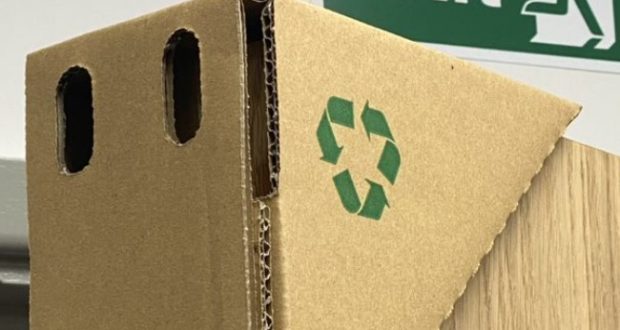The traditional hard chrome plating process is applied in the country. Since the cathode current efficiency is low, it is generally 12% to 14%. The plating solution concentration and the plating temperature are controlled coarsely. Most of the adjustments are judged by the operator based on experience, so the coating quality is unstable and the main performance for:
1. Coating thickness is not easy to control.
If a pair of corrugating rollers are not plated in pairs, the upper and lower corrugating roller plating thickness errors may even reach 50%.
2. Poor plating ability, especially grooved corrugating roller, flank teeth are often not coated with chromium or plating is very small, resulting in corrugated roller wear and tear during use.
3. The hardness is low and non-uniform.
Since the corrugated roll plating is a deep well plating tank, if there is no agitation, the temperature difference between the upper and lower sides is large, resulting in the upper temperature high chromium layer is soft, and the lower temperature lower chromium layer is brittle, which seriously affects the quality of use.
The new process adopts the most advanced HBEF25 high-efficiency hard chrome plating process in the world currently in the functional chrome plating process. Its advantages are:
1. The current density is higher than that of the traditional electroplating hard chrome process, the cathode current efficiency is 22-26%, twice as high as the conventional chrome plating process, and the deposition speed is 2 to 3 times that of the conventional chrome plating. Therefore, the plating ability is greatly improved.
2. The microhardness of the coating reaches HV900-1050, and the traditional process is HV700-800.
3. The wear of the hard chrome coating obtained by this process is approximately 25% less than that of the conventional coating.
4. The thickness of the coating is uniform due to the reduction of excessively high current and excessively thick deposits.
5. The coating is smooth and delicate.
6. Another major advantage of the HEEF-25 coating is the number of micro-cracks as many as 400 per cm.
Microcracks represent a situation that is more susceptible to corrosion. Corrosion occurs along these microcracks. The smaller the number of microcracks, the deeper and longer the cracks, and the easier it is to corrode. The process generates many shallow and short micro-cracks, and the anti-corrosion capability is increased, so that the defects are less corroded.
Strict process management during electroplating, each roller set process parameters according to diameter, length and plating area, strict operation records, continuous circulating filtration of bath, strict control of plating temperature according to process requirements, strict detection and control of bath Concentration and various indicators. Ensure that hard chrome plating above 0.10mm is evenly plated on the top of the tooth most susceptible to wear and that a certain percentage of chromium plating is applied to the root and grate to obtain a harder, smoother, brighter, more wear-resistant than traditional hard chrome processes. Hard chrome plating.
Practice has proved that although the process cost is 3 times that of traditional process, it greatly improves the quality of the product, improves the wear resistance by 40%, prolongs the service life, and reduces maintenance costs.













